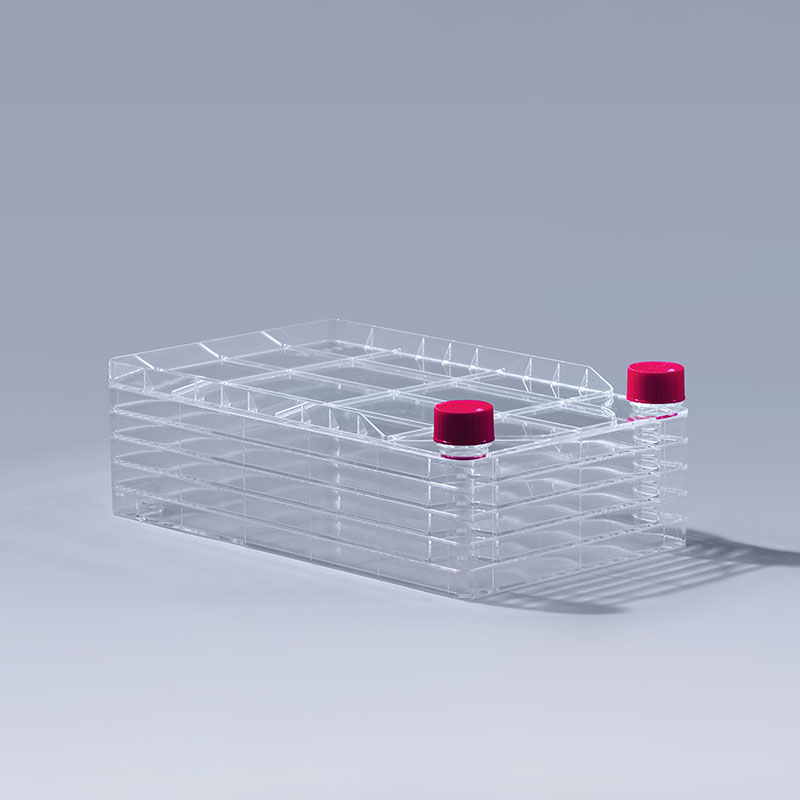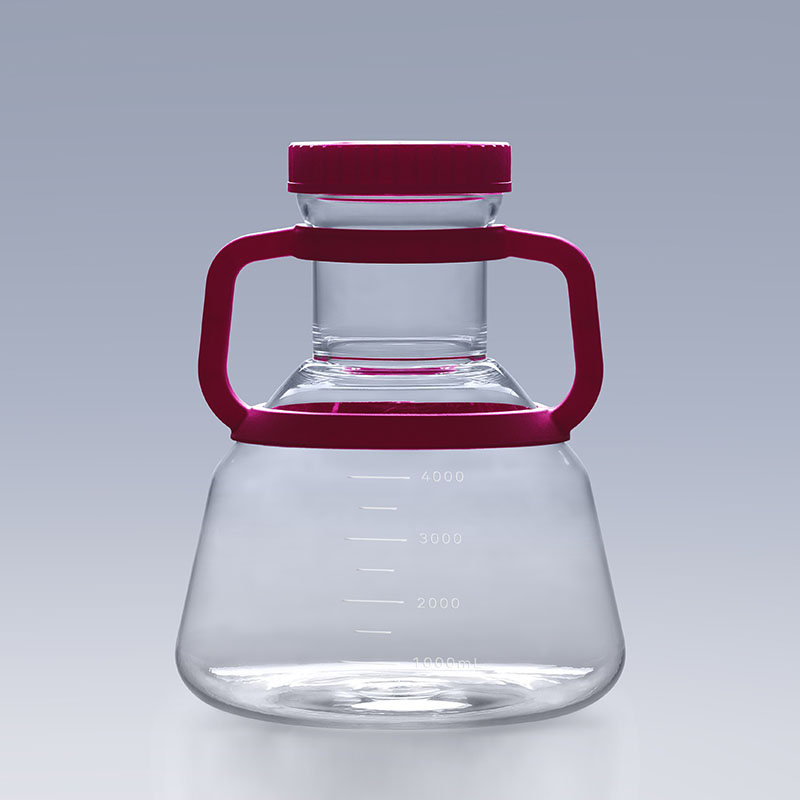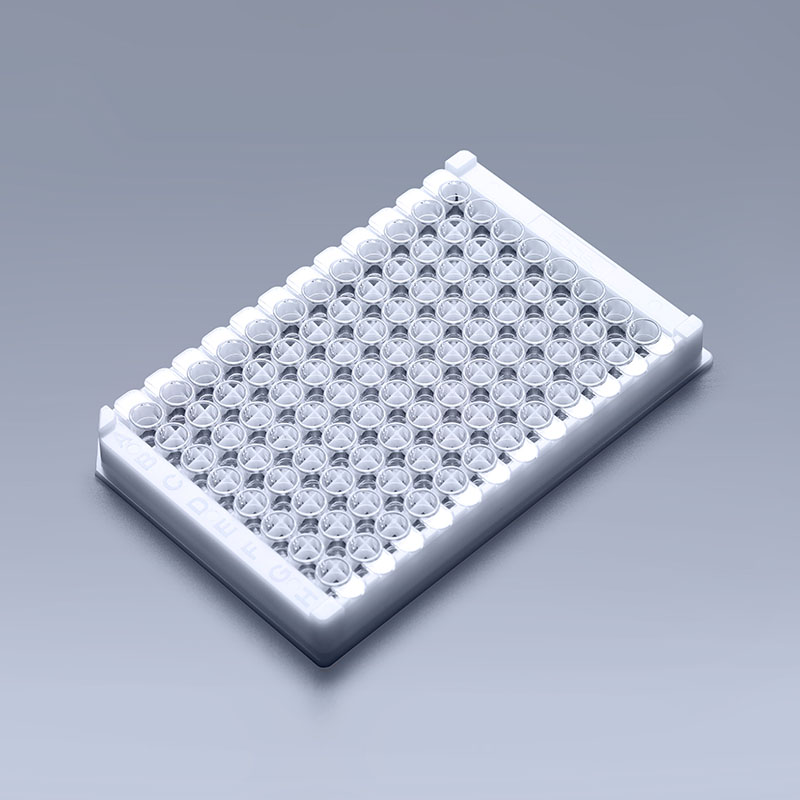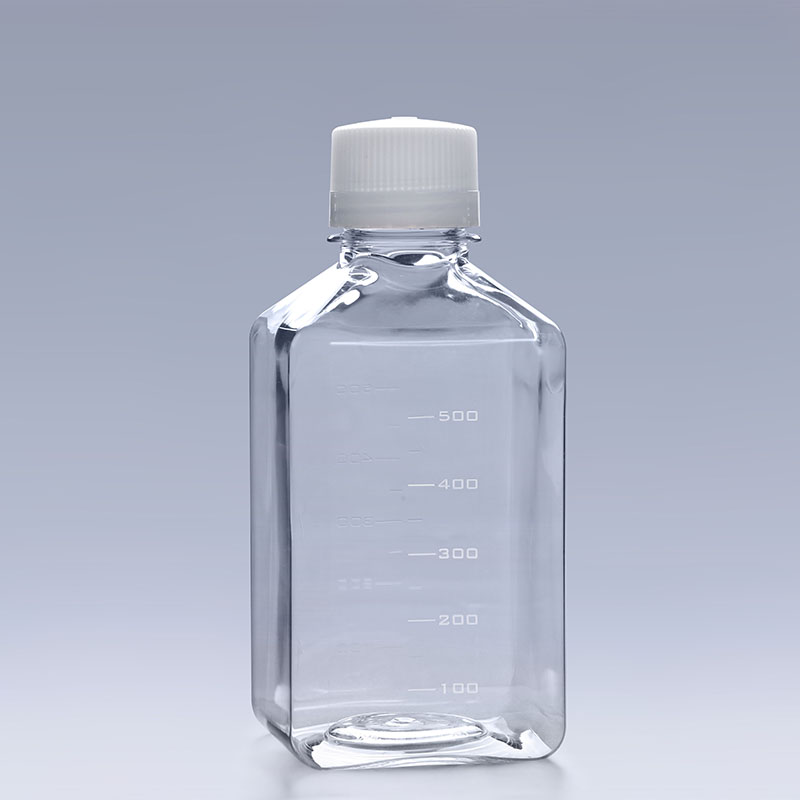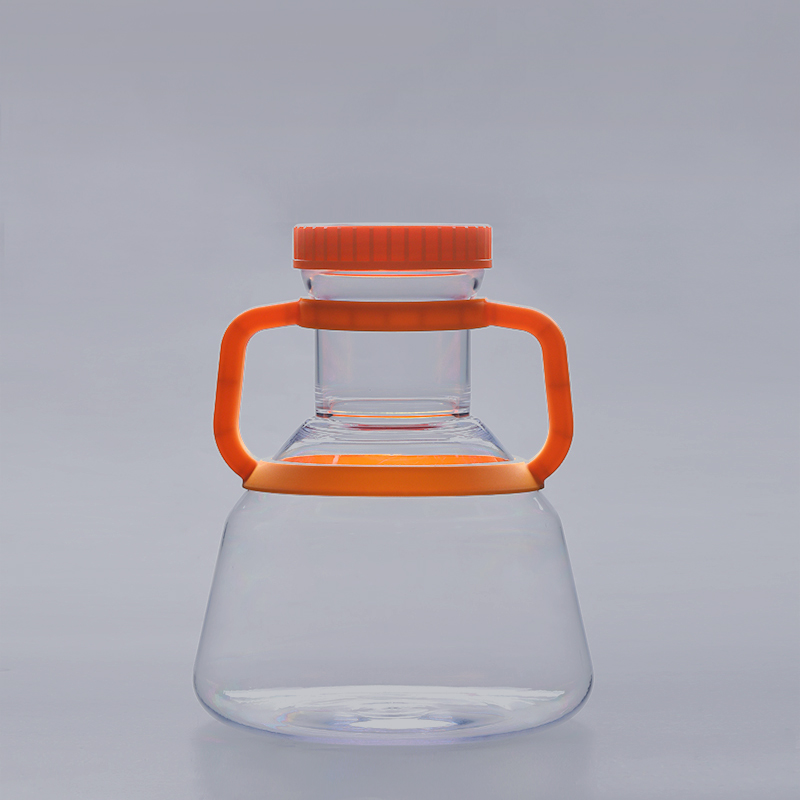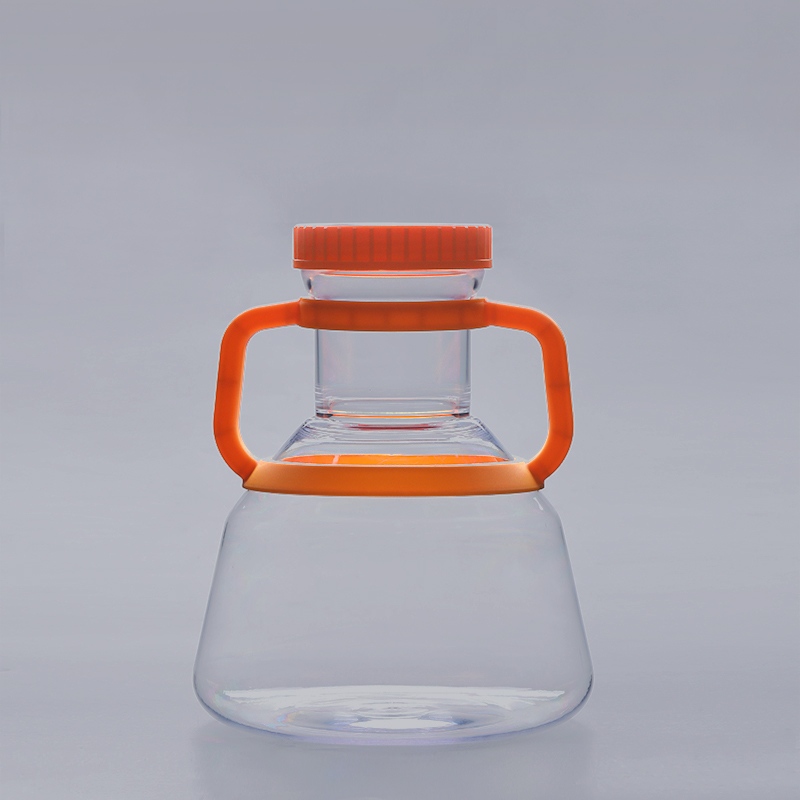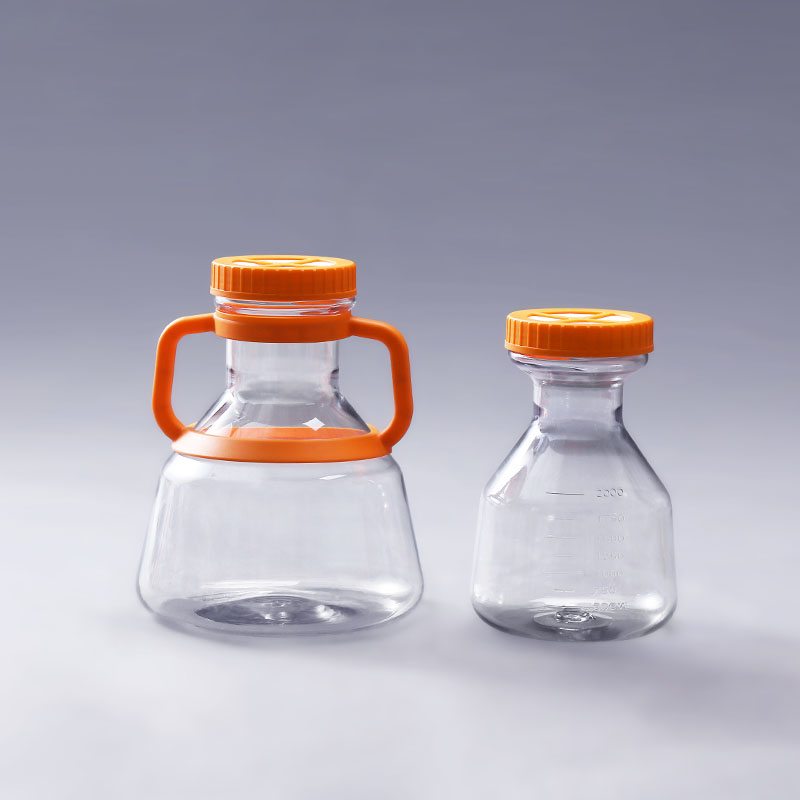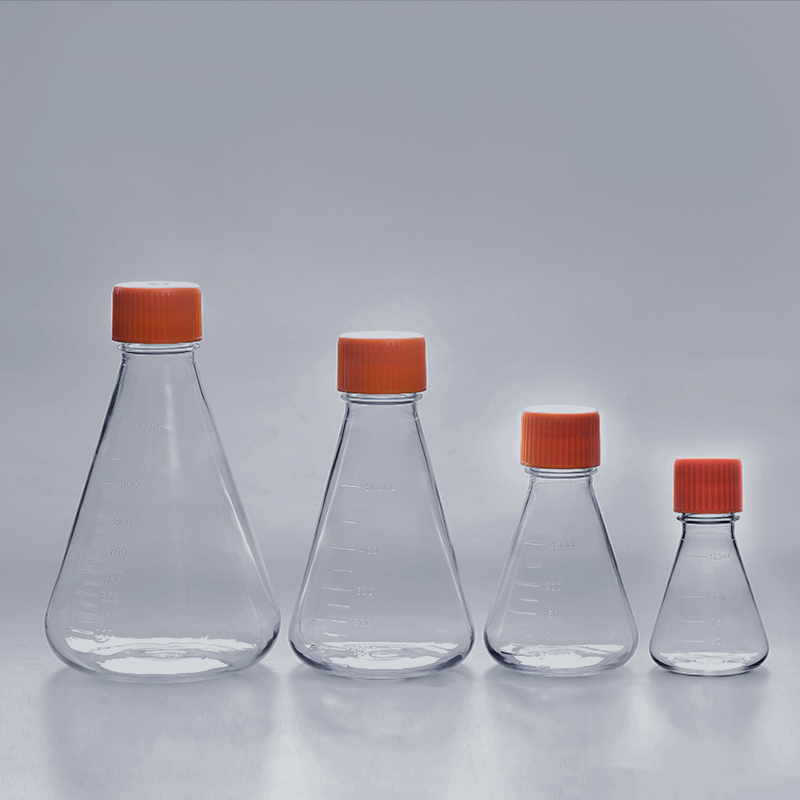-
Application of high-efficiency erlenmeyer shake flask-CHO cell antibody pharmaceutical
Wed Dec 22 11:57:36 CST 2021
High-efficiency erlenmeyer shake flask is a common cell culture consumable, mainly used for the cultivation of mammalian cells, insect cells and other suspension cells. Among them, CHO cell antibody pharmaceutical is an important aspect of its application field. -
Material characteristics of high-efficiency erlenmeyer shake flask-PC
Tue Dec 21 11:14:20 CST 2021
The high-efficiency erlenmeyer shake flask is a special-shaped cell culture flask, which plays an important role in the suspension culture of mammalian cells and insect cells. In terms of material selection, this consumable is made of polycarbonate (PC) with high transparency, strong impact resistance, and high temperature resistance of 121°C. -
Material characteristics of high-efficiency erlenmeyer shake flasks-PETG
Mon Dec 20 14:26:00 CST 2021
With the continuous development of biotechnology, high-efficiency erlenmeyer shake flasks are playing an increasingly important role in cell culture. Cell culture requires a specific environment, and the requirements for cell consumables are relatively high. So which material is used for the high-efficiency erlenmeyer shake flask and what are its characteristics? -
Introduction to the production process of suspension cell culture erlenmeyer shake flasks
Fri Dec 17 16:46:40 CST 2021
Suspension cell culture erlenmeyer shake flasks are a type of consumables commonly used in cell culture. They are divided into two types: triangular shake flasks and large-capacity shake flasks according to the size and shape of the cell. The shape of the bottle is relatively special, therefore, the one-step injection stretch-blowing process is selected in the processing technology. -
What are the characteristics of the material of the high-efficiency erlenmeyer shake flasks
Thu Dec 16 11:44:31 CST 2021
High-efficiency erlenmeyer shake flasks are common consumables in cell culture. They are mainly used for the cultivation of mammalian cells, insect cells, yeast cells, fungal cells and other suspension cells. Polycarbonate (PC) is a commonly used raw material for processing. -
Classification and characteristics of erlenmeyer shake flasks
Wed Dec 15 14:56:32 CST 2021
Erlenmeyer shake flasks are an important cell culture consumable. They are divided into triangular erlenmeyer shake flasks and high-efficiency erlenmeyer shake flasks according to their capacity and shape. Their characteristics are as follows:
Send Inquiry
 English
English




















































